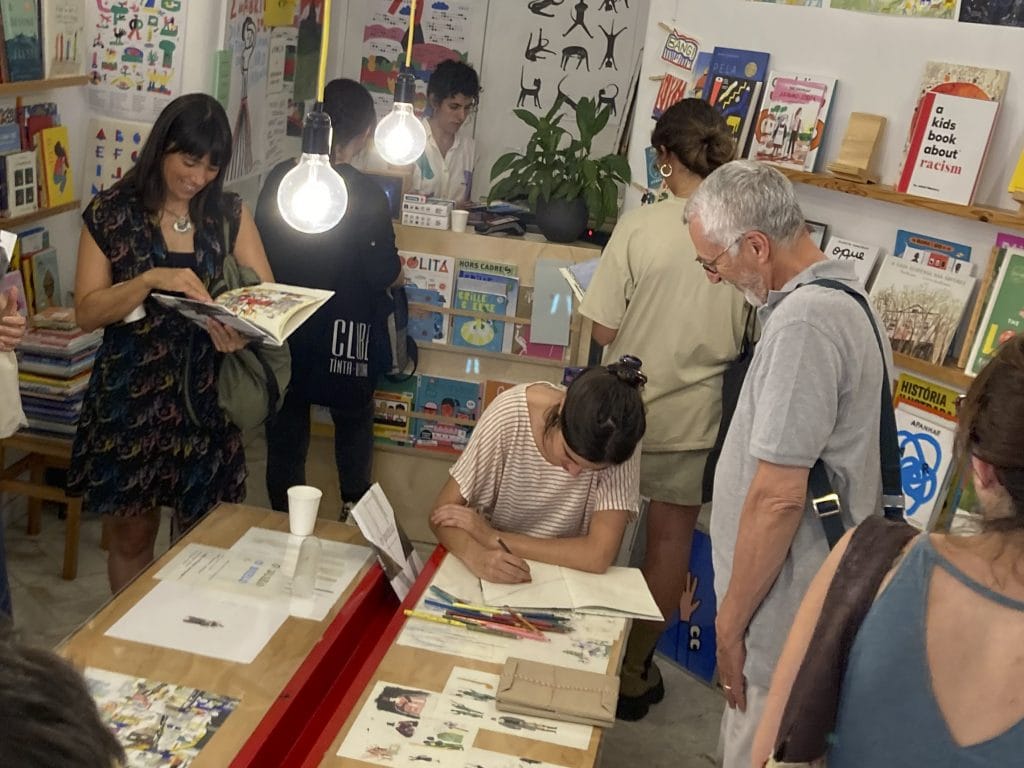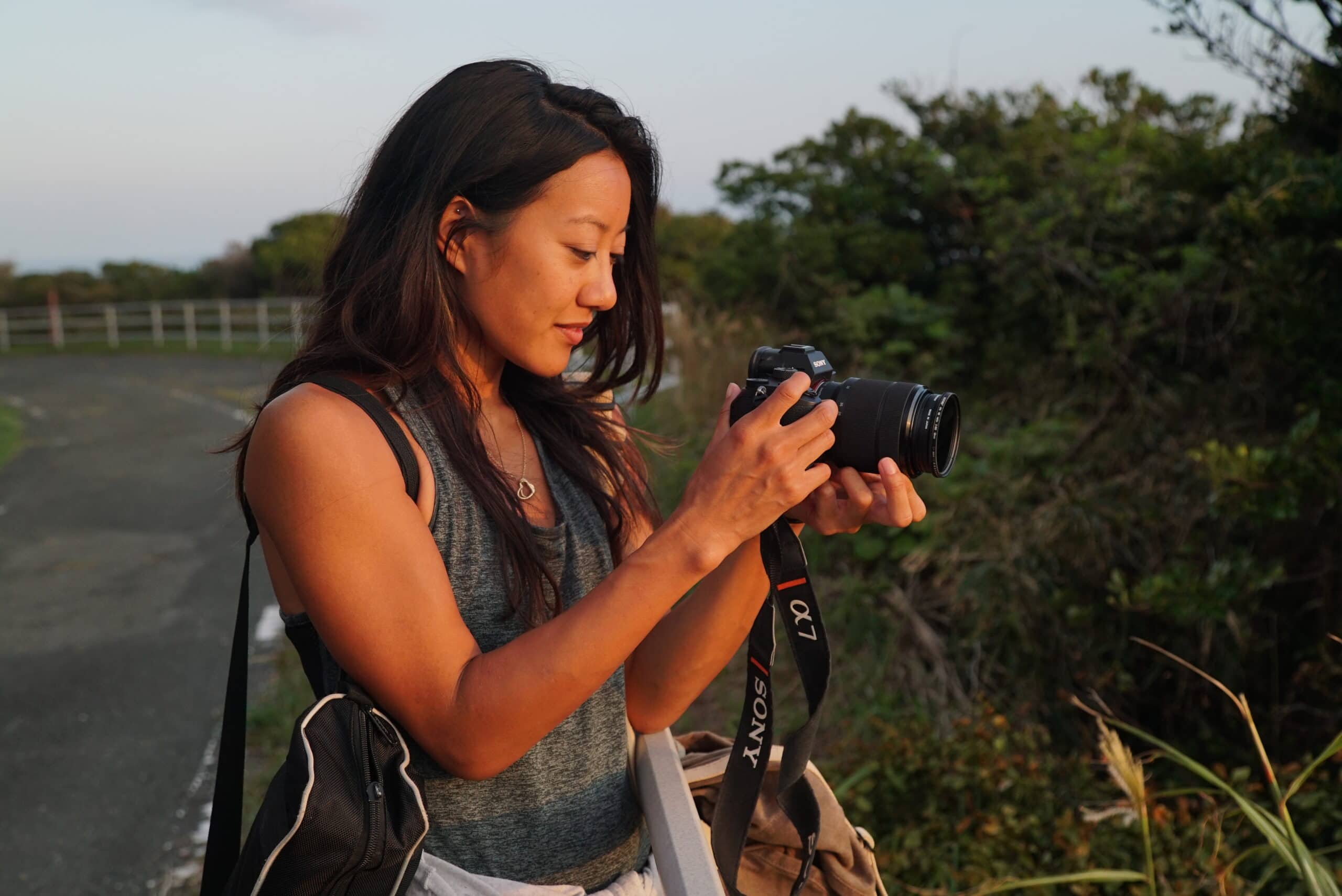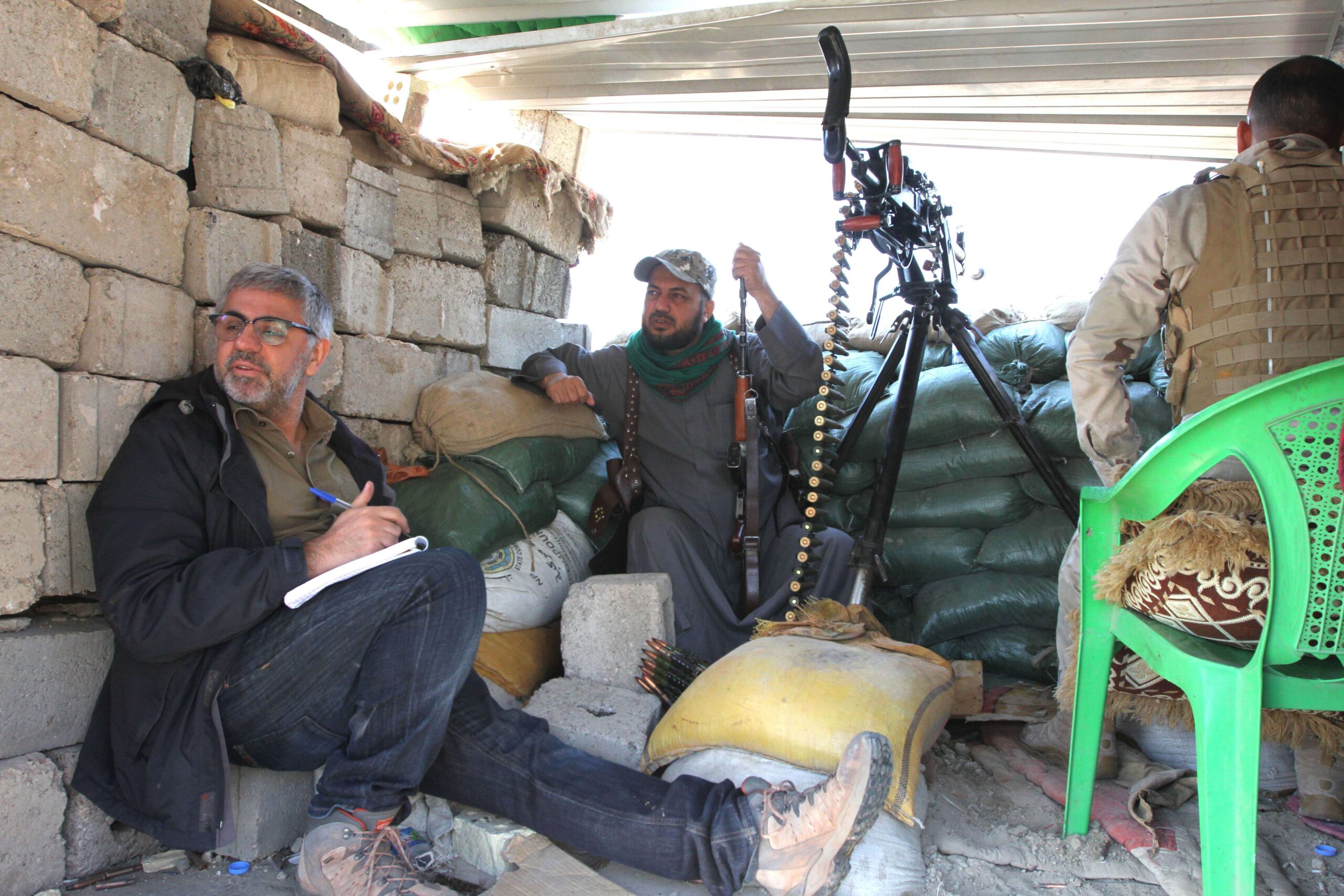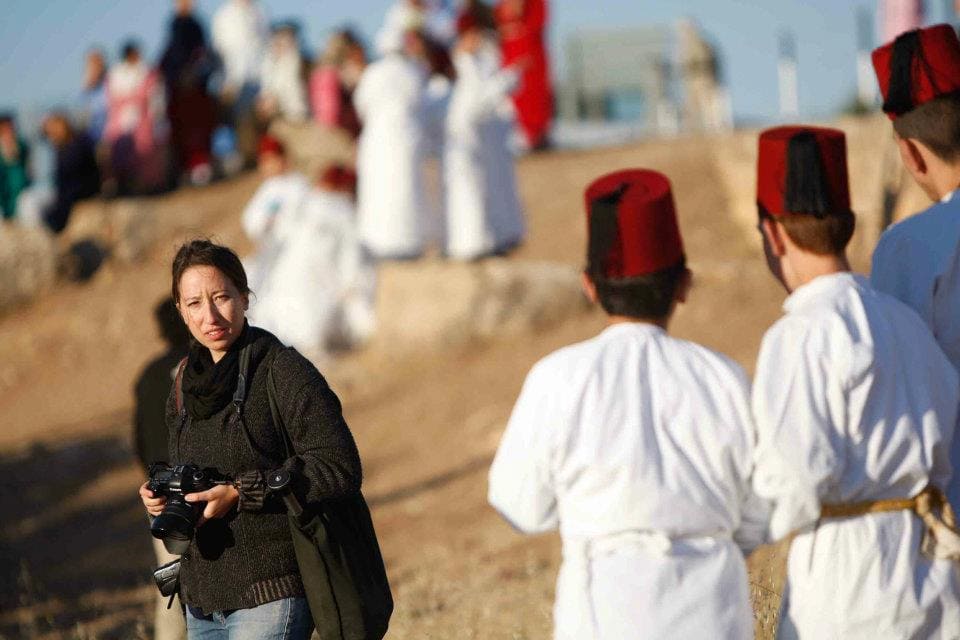
Tucked away in the Anjos neighborhood of Lisbon is a small children’s bookstore where professional storytellers of all strides come to get ideas.
”Contemporary artists, newspaper cartoonists, and those who work in advertising often pop into It’s a Book,” says Inês Viegas Oliveira, one of the shopkeepers. She says whether someone is after a new style of animation, a novel way to communicate a topic to the uninitiated, or looking to captivate an audience with a short attention span – today’s children’s books are a solid source of inspiration.
Oliveira knows this firsthand.
Buried on a shelf of international bestsellers by Jon Klassen and Oliver Jeffers is Oliveira’s own book, which she recently wrote and illustrated. She’s keenly aware of the controversial title, and is both demure and on the ready to answer the question ‘exactly how old should my child be to read The Duel?’
The book begins with two white men taking the classic ten steps, turn and shoot method to mediate a dispute. Except, the story follows one of the combatants as he both physically and mentally walks away from the shootout, down an almost psychedelic trip, which eventually leads him to question why he wanted to kill his nemesis in the first place.
Oliveira never answers that question. Instead, the visual representations of the man’s inner thoughts intentionally become harder to decipher. The reader is meant to experience their absurdity, and viscerally come to the conclusion that two people trying to kill each other over a disagreement is actually when the absurdity begins. Olivera says bubbling just below the book’s main thematic points is an underlying message that white privilege has produced a class of people who cope with their unexplored feelings of anger by lashing out against each other.
All in all, it’s pretty heavy stuff for kids.
Olivera admits parents have criticized her work as inappropriate for younger audiences. However, she argues that topics as complicated as the ones examined in The Duel need to be introduced at an early age. And she adds that storybook visuals can reach children in ways that no explanation can.
She also says that as a children’s book, The Duel is a disarmingly effective way to teach adults with contrary viewpoints. “So I’m thinking about making images,” she says, “that everyone of every age could just look at… and feel something.”

Olivera is pulling double duty as both author and illustrator. She says besides writing text that is accessible to both children and adults, it should also complement the visuals without repeating what the reader is seeing on the page. In a sense, she aims to let the visuals speak for themselves. “It’s constant ping pong,” she says. “I write the text, for example, and then I do some images. And then in the images, there are some things that are [duplicated] in the text. So I take that part of the text out.” The other challenge, she says, is creating images that convey the character’s evolving mood:
As [the man] starts to walk forward and starts to forget about his motive, they’re these black and white trees. Then the trees transform to soldiers, and then the soldiers into musicians, and the musicians into a circus… So the images go with his emotions.
Olivera says she also employs some concepts that are key to her style of storytelling.
First and foremost she tries to make sure the images speak for themselves, and don’t echo the text. She also avoids viewing too many works by other illustrators, and instead pulls ideas from the unique scenery around her. Finally, she likes to play a little game with her core story, by telling it through a character with an unexpected narrator.
Try it for yourself. As an exercise: write a short story about climate change from the perspective of a house cat. Need a bigger challenge? How about an essay about inflation in the United States told by a candy bar at a New York City bodega.
As for Olivera’s book, The Duel is currently available in her native Portuguese and Italian. However, it’s not inaccessible to the English speaking world. Like any good visual storyteller, The Duel uses visuals, which convey a story that both children and adults will understand. Although, the discussion you might have with your five-year-old might not be so easy.



